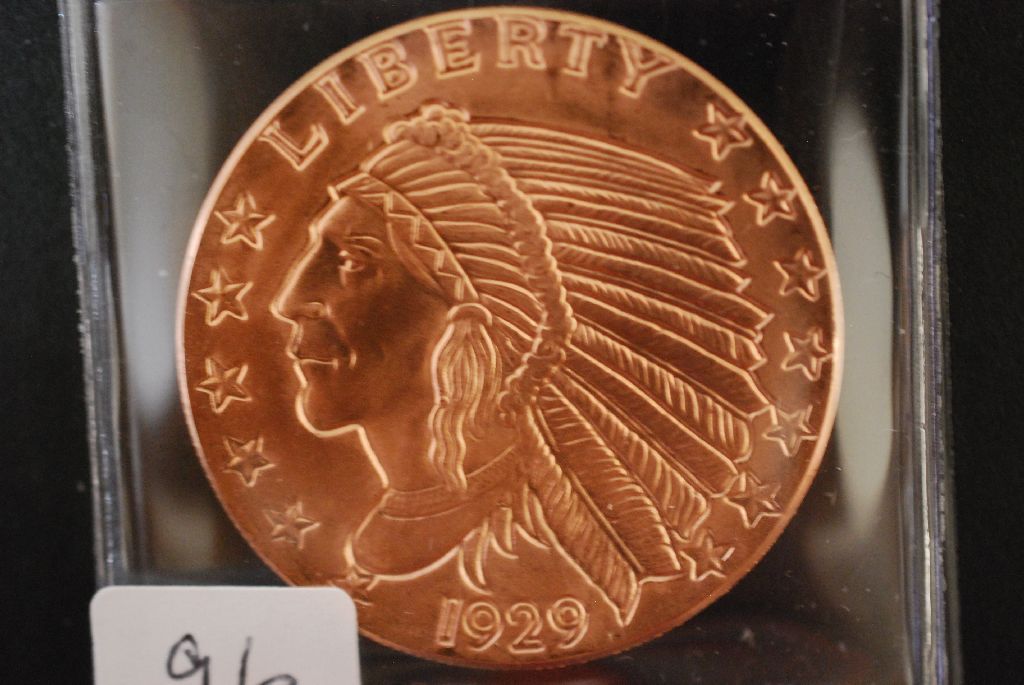
These `Princes' (Who called themselves Maharajas, Nababs etc.) amassed fabulous wealth under solid protection of British. Many states issued their own distinct coinage, currency notes and postal stamps. These rulers had a fair degree of independence in governing their subject, collecting taxes and maintaining law and order. There were more than 500 princely states in India, listed in 1931! Some of them (Jammu and Kashmir, Hyderabad, Gwalior etc) were as large as England while others were just few square miles in area. These semi-independent states are referred as princely states of India which issued their own coins. After their fall, hundreds of petty rulers, governors and kings who paid allegiance to Marathas or Mughals accepted British supremacy with little resistance, retaining very little political and almost no military independence. Soon after the collapse of Maratha empire, British took possesion of whole subcontinent in less than a quarter century as no formadible power left in India to challenge them.Ĭollapse of Marathas had far reaching consequences in Indian history.

Unfortunately later Maratha chiefs had no foresight and they indulged more in intrigue and conspiracies against their own than realizing superior British diplomacy and military organization. The Mughal emperor was under their protection and acted as puppet emperor with real power vested with Peshawas (or Shindes/Scindhias). Marathas remained undisputed military power till begining of 19th century and covered practically all of wester, central and Northern India.

After defeat of Peshawa Baji Rao II (the last Peshva) in 1818 by British, the political supremacy of Marathas which was built on the ruins of Mughal empire, came to an end. Most Maratha Chiefs fought gallantly, but eventually lost the war (the fate was decided in three Anglo-Maratha wars). But, soon Marathas found themselves pitched against a new adversary, the British.

The Marathas which by then had united under command of Bajirao Peshva I, were perhaps the most successful. As Mughal supremacy declined in Indian subcontinent, many seized the apportunity to become independent rulers.


 0 kommentar(er)
0 kommentar(er)
